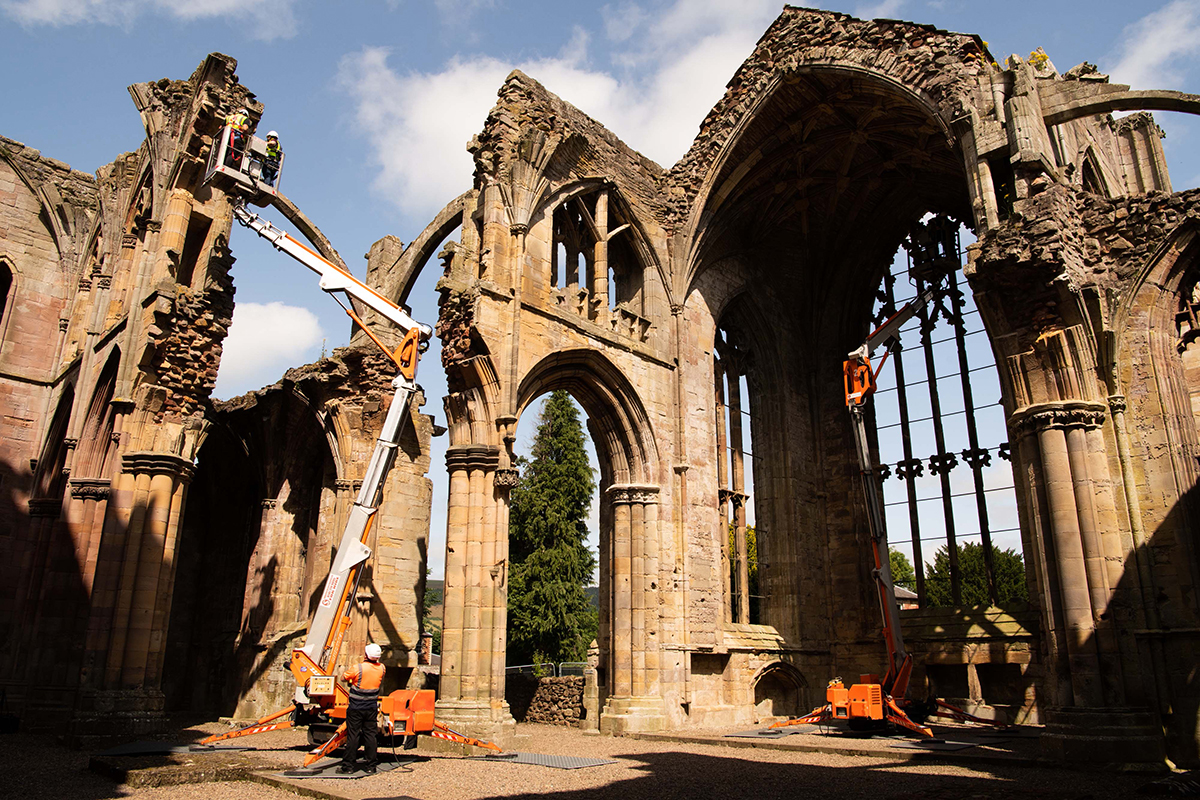
HISTORIC Environment Scotland (HES) has revealed it is adopting a new approach to the inspection of historic properties in response to the impact of climate change.
The organisation revealed that a programme of ‘tactile’ condition surveys on over 200 properties will assess the extent of deterioration of high-level masonry and ensure public safety against the risk of potentially unstable building fabric.
Scotland’s public heritage body, which cares for 336 historic buildings and sites, believes the programme will help transform the way these places are protected, repaired and experienced in the face of climate change.
The survey programme will assess the impact of climate change, as well as the scale of deterioration caused by a number of other factors, including the materials used in the building’s construction, its age and physical location. It is anticipated remedial works could require ‘significant’ investment over multiple years.
Dr David Mitchell, director of conservation at HES, said, “Our routine inspections are increasingly revealing the deterioration of building fabric at high level. While our changing climate is not the sole reason for deterioration, it has certainly accelerated it and brought the issue to a head. Historic properties are inherently fragile by their nature, often ruinous and standing at exposed locations. We face a constant battle against time and the elements.
“We are one of the first heritage bodies tackling this issue head on and the difficult choices it will lead to, but we are not alone. Across the world, cultural heritage assets are seen as barometers of change and they demonstrate the challenges for the historic environment and traditionally constructed buildings in the face of a changing climate.
“We are taking proactive action now to assess the nature and scale of the immediate challenge, and to explore a range of solutions and options. It is inevitable our approach to protecting historic buildings will have to change – we need to reimagine how we manage these historic and much-loved places.”











